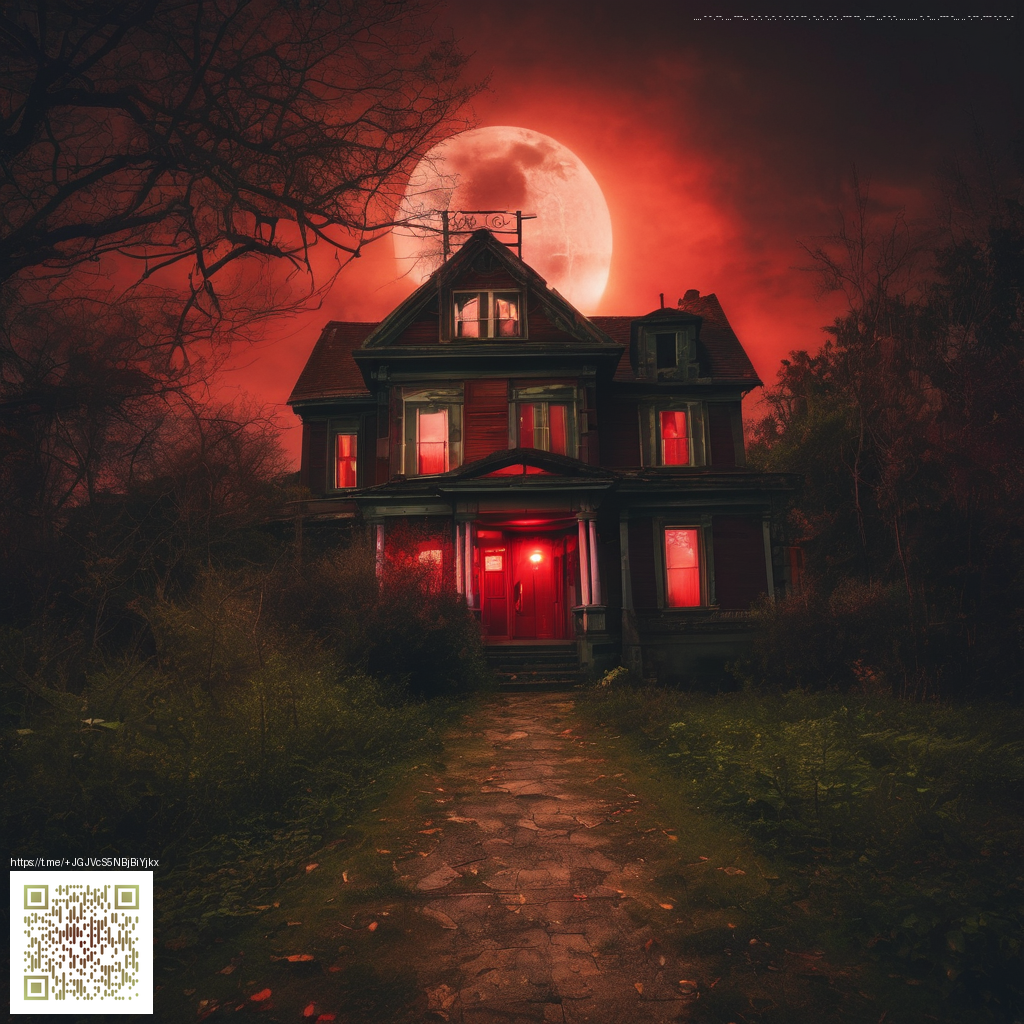
Digital paper has quietly transformed how we design and produce wall art. Rather than relying on single, static prints, creators now curate entire families of textures, colors, and motifs that can be scaled, recolored, or rearranged with ease. This flexibility is especially valuable for homeowners and small studios who want to experiment with mood boards and seasonal refreshes without committing to a full reprint project. When you work with high-resolution digital paper libraries, edges stay crisp, and you can print your favorite panels at a range of sizes to suit any space.
Understanding the core benefits
At its core, digital paper offers consistency, scalability, and creative freedom. Designers can test color relationships across a wall as a cohesive system, then export print-ready files for large-format output. The result is a gallery that feels deliberate and curated, even when a room changes with the seasons. If you’re curious about how this plays out in practice, consider how a single pattern can become a backdrop, a focal point, and a supporting motif across different frames and scales.
Digital paper is less about a single print and more about a flexible library you can remix—a toolkit for wall art that grows with your taste and space.
Design principles to keep in mind
- Resolution and print quality: start with 300–600 dpi for crisp large-format prints, especially if you plan to crop or tile pieces.
- Color management: choose color profiles that align with your printing method (CMYK for most labs, RGB for screen previews) to minimize surprises in the final piece.
- Texture and pattern density: balance busy motifs with negative space to avoid overwhelming a wall; vary scale to create visual rhythm.
- Repetition and harmony: mix several patterns that share a unifying color family to achieve cohesion without monotony.
- Practical print considerations: account for bleed and margins, and test proofs on your chosen substrate before committing to a full wall layout.
As you move from concept to print, you’ll notice digital paper shines most when paired with a thoughtful workflow. Start by selecting a few stand-out patterns, then arrange thumbnails to approximate how they will appear on your wall. This approach helps you avoid overloading a single space and keeps your composition balanced.
From concept to display: a practical workflow
Begin with a clear idea of the wall’s dimensions and lighting. Digital paper makes it easy to try before you print, allowing you to assemble a virtual mock-up that guides your final choices. Once you settle on a configuration, export a high-resolution composite suitable for your printer. If your space includes a desk or gallery area, a reliable desktop accessory can help keep your review process organized—for example, a compact phone stand can serve as a convenient reference point while you compare proofs on a tablet or computer screen. For a practical on-desk option, consider the Phone Stand for Smartphones 2-Piece Wobble-Free Desk Decor.
When it’s time to present the finished pieces, framing and mounting choices matter as much as the artwork itself. Digital paper prints respond beautifully to a clean, minimal display—think white mats, slim frames, and aligned gaps that let the patterns breathe. If you’re building a cohesive wall, aim for variations in scale and texture while keeping color relationships consistent. That balance between variety and unity is where digital paper truly shines.
For inspiration and to explore how others are using digital paper in printable wall art, you can reference this gallery page: https://diamond-images.zero-static.xyz/1d20497a.html.
A space for growth: personalizing with digital paper
Digital paper lets you tailor spaces to evolving tastes, seasonal moods, or even rental constraints without heavy investments in new materials. You might start with a core palette and gradually add complementary panels, creating a dynamic wall that adapts with you. The modular nature of digital prints also supports mixed-media experiments—combine photographic textures with abstract patterns or hand-drawn elements to craft a one-of-a-kind display. In cozy corners or home offices, this adaptability translates into artwork that remains relevant year after year.